Vigeland Sculpture Park is a must-visit destination for anyone exploring Oslo. Moreover, this incredible park features over 200 stunning sculptures created by artist Gustav Vigeland. It’s the largest sculpture park made by a single artist, offering a unique outdoor experience where you can enjoy art, nature, and history all in one place.
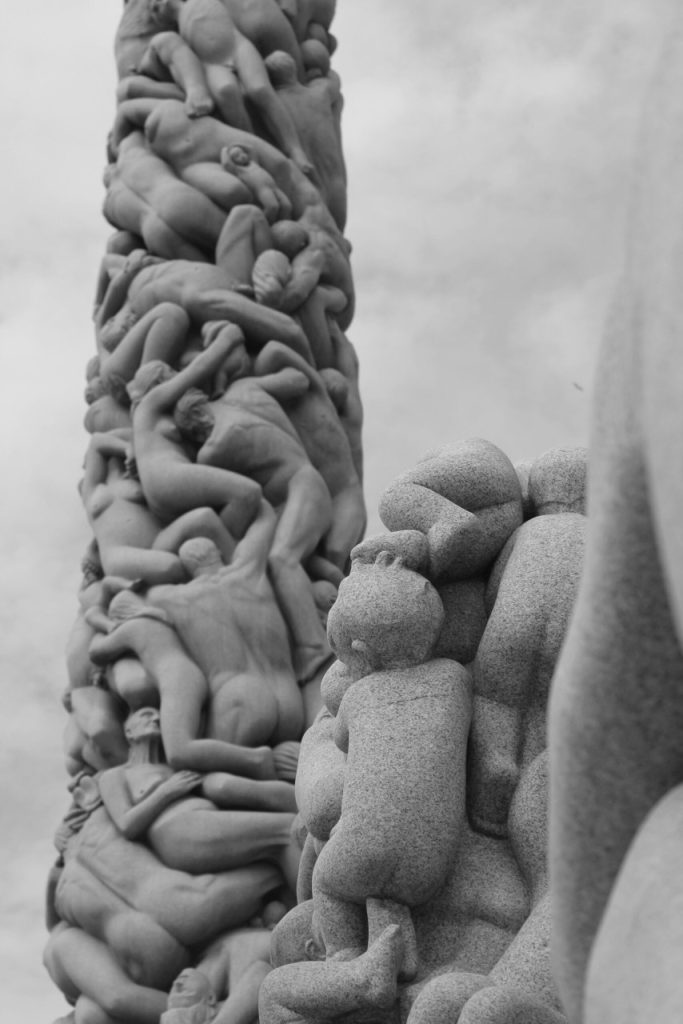
First off, you’ll stumble upon all kinds of quirky and fascinating pieces—yes, including the iconic Angry Boy who looks like he just got his ice cream stolen. These sculptures are scattered throughout the lovely Frogner Park, each one telling its own dramatic little story about being human. Emotions? Relationships? It’s like a silent soap opera made of bronze.
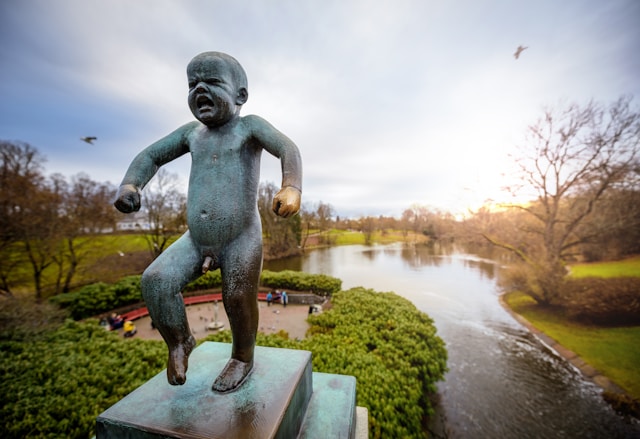
As you wander around, the peaceful paths and scenic views make it easy to forget you’re in the middle of Oslo. It’s basically a therapy session disguised as a park stroll—minus the hourly rate.
All in all, visiting Vigeland Sculpture Park is a pretty awesome way to spend your day outdoors. You’ve got art, fresh air, and a touch of weirdness—all the ingredients for a memorable Oslo adventure. Trust us, your camera roll will thank you.
The History of Vigeland Park
Vigeland Sculpture Park is a remarkable outdoor attraction in Oslo, Norway. It reflects the vision of artist Gustav Vigeland, who dedicated his life to creating sculptures that resonate with humanity.
Gustav Vigeland’s Vision
Gustav Vigeland, born in 1869, was inspired by the human condition. He wanted to express feelings, experiences, and relationships through his art. Vigeland believed that sculptures should not just be decorative but tell a story.
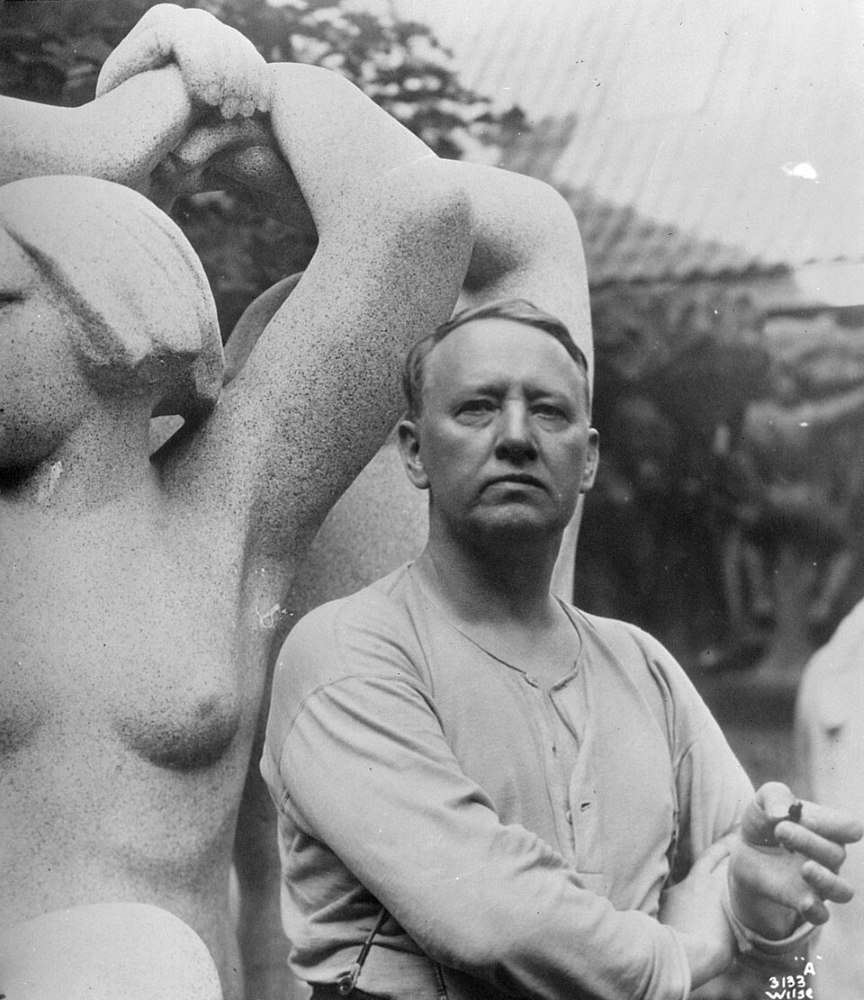
His vision led to the creation of over 200 sculptures in various materials like granite and bronze. These pieces capture the essence of life, love, and struggle. Vigeland’s work is a deep reflection of humanity, inviting visitors to connect with their own emotions.
Construction and Development
Construction of Vigeland Park began in 1924, but it evolved over many years. Vigeland played a significant role in planning and designing the layout of the park.
Unfortunately, he passed away in 1943, six years before the park’s completion. Still, his vision came to life with the dedication of others who worked on the project.
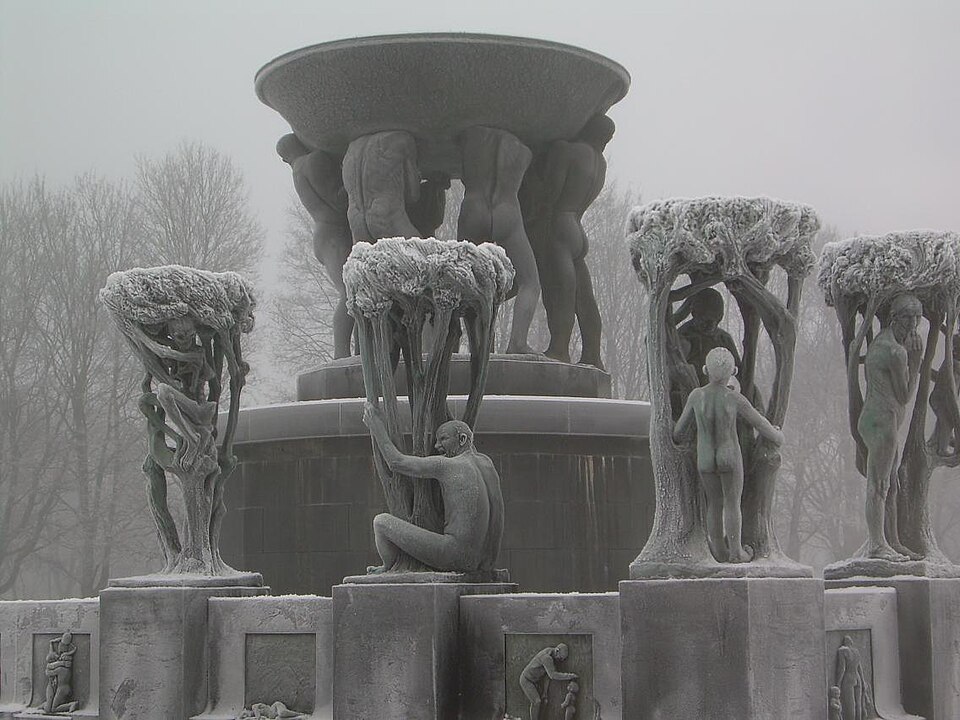
The park officially opened in 1949, showcasing an impressive collection of sculptures. It has since become a popular attraction for both locals and tourists, drawing visitors who admire its beauty and the powerful messages behind the art. Vigeland’s dedication to sculpture has left a lasting legacy in Oslo and beyond.
Exploring the Park
Did you know? The layout of Vigeland Sculpture Park was actually designed by Gustav Vigeland himself—down to the paths and placement of every statue. As you stroll through, you’re literally walking through the artist’s vision come to life.
Navigating Frogner Park
When you arrive at Frogner Park, you’re stepping into the biggest park in Oslo—spanning nearly 46 hectares! There’s tons of space to wander, relax, and explore.
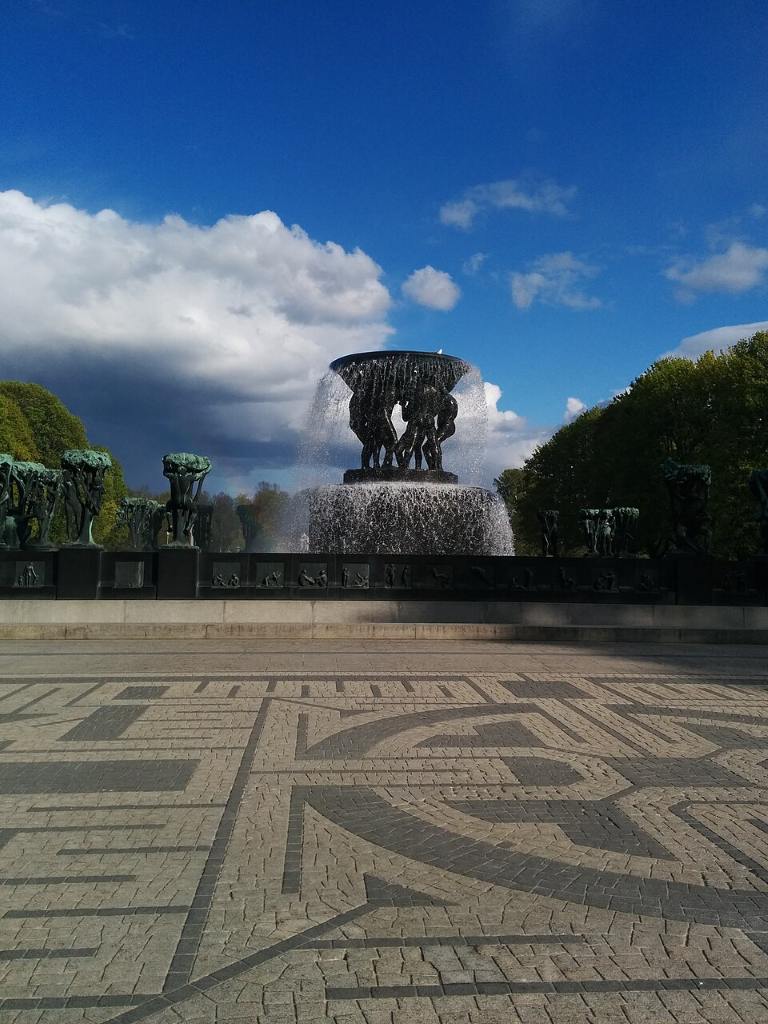
The walking paths are lined with trees and lovely gardens, giving the whole place a calm, peaceful vibe.
It’s super easy to get around too—there are clear signs pointing you toward all the main spots.
Take your time as you stroll through, soaking up the scenery and spotting the many amazing sculptures by Gustav Vigeland along the way.
Main Gate: A Grand Entrance
When you arrive at Vigeland Sculpture Park, one of the first things you’ll notice is the impressive main gate. Made of granite and wrought iron, it serves as the eastern entrance to Frogner Park from Kirkeveien street.

The gate features five large gates, two smaller pedestrian gates, and two charming gatehouses topped with copper roofs and weather vanes. The design took a few years to finalize, starting back in 1926 and going through some tweaks in the 1930s, before finally being built in 1942. Fun fact: the whole project was funded by a Norwegian bank, which helped bring this grand entrance to life.
The Monolith: Journey to the Sky
The Monolith is one of the park’s most recognizable features. Standing at 17 meters tall, this towering sculpture is made from 121 human figures carved from granite. Each figure shows a range of emotions, showcasing the complexity of human life.
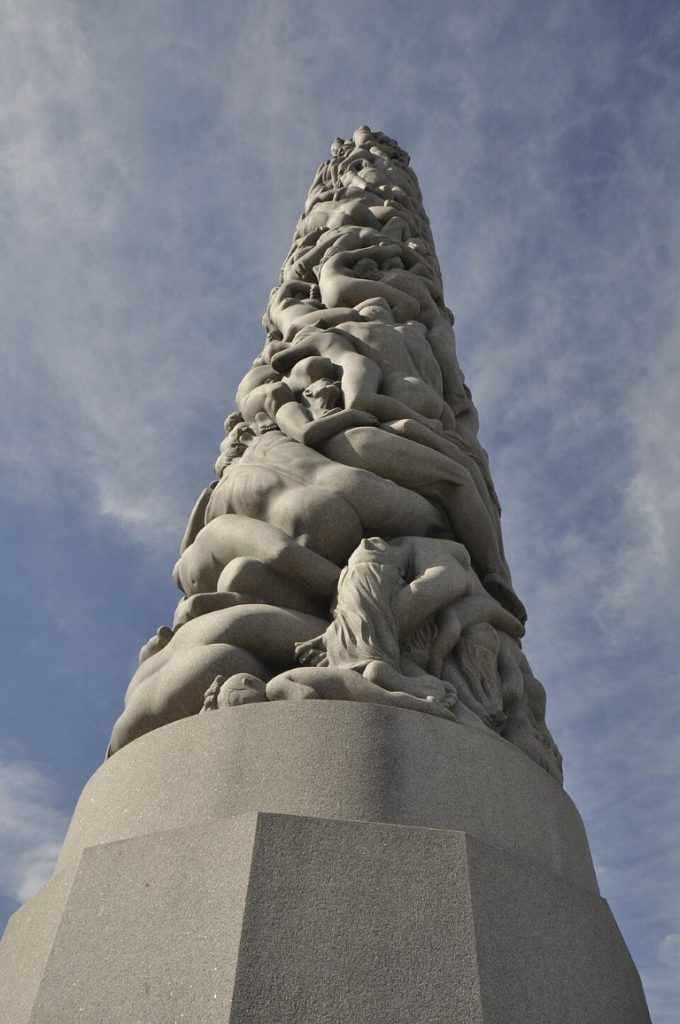
You’ll notice that the journey to the top involves climbing a series of steps. As you ascend, take a moment to appreciate the intricate details of the figures.
The Monolith offers a breathtaking view of the park, making your effort worthwhile. It’s a centerpiece that truly captures the spirit of Vigeland’s work.
The Fountain: A Display of Life and Nature
Just a short walk from the Monolith, you’ll find the fountain, another highlight of the park. The fountain is surrounded by sculptures that celebrate life, depicting people, animals, and nature in harmony.
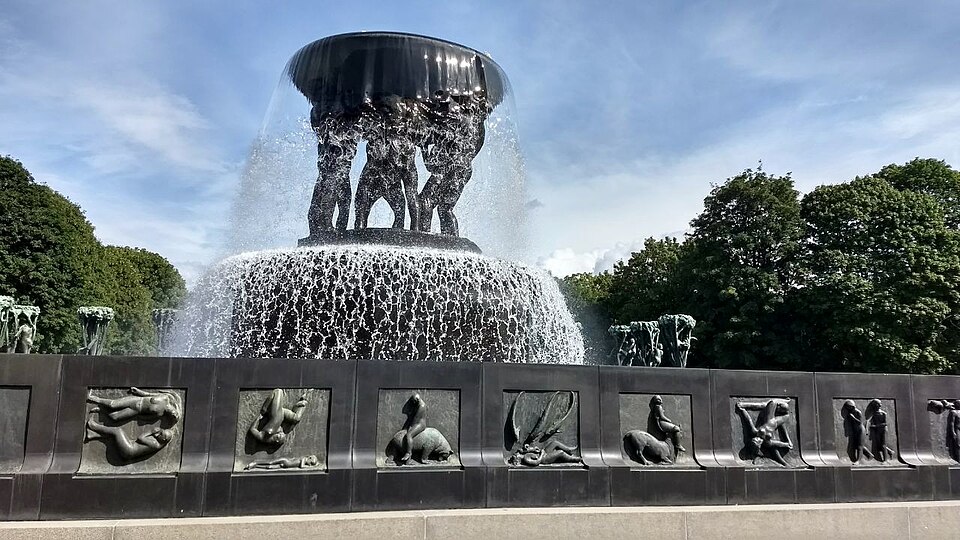
It features a large, dynamic figure holding a massive bowl from which water flows, surrounded by swirling, intertwined human forms. The water flowing from the fountain represents the continuous flow of life and time.
As you sit near the fountain, you can take in the beauty around you. This area is perfect for a short break, allowing you to reflect on the art and its meaning.
Each visit offers a chance to experience the park from a new perspective.
Art in the Open Air
Vigeland Sculpture Park showcases over 200 unique sculptures created by Gustav Vigeland. These works use materials like granite and bronze, highlighting different artistic styles and emotional themes.
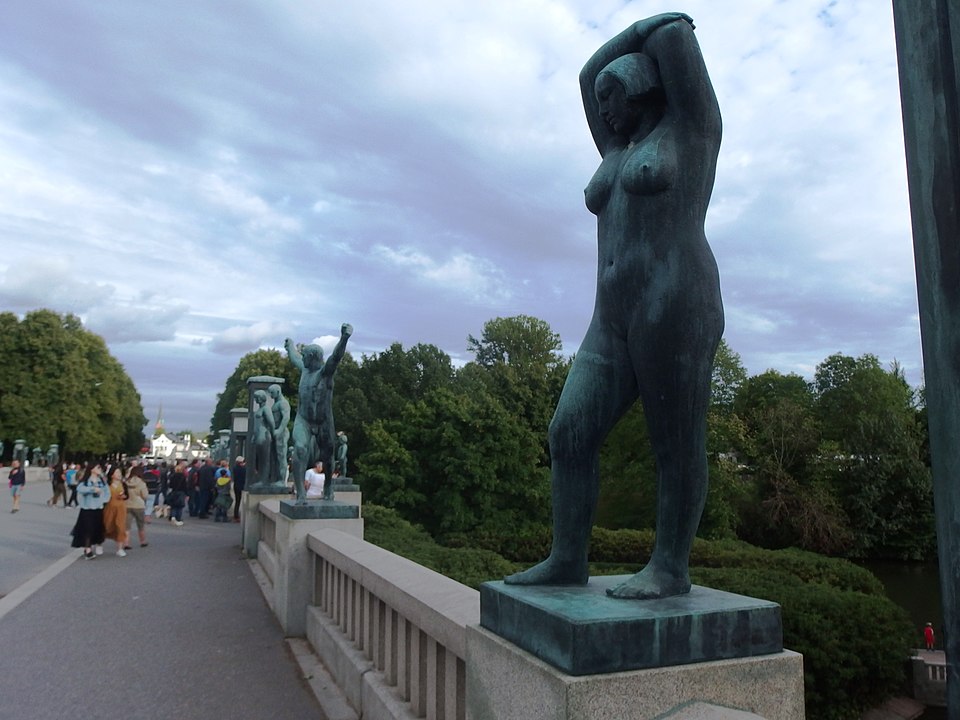
Granite and Bronze Sculptures
The sculptures in Vigeland Park are primarily made from granite and bronze. Granite, a durable stone, gives sculptures a timeless quality.
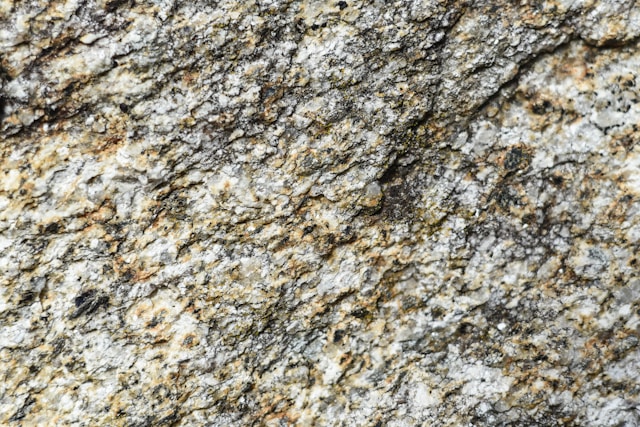
You can see this in pieces like the “Monolith,” where intricate figures emerge from a solid block.
Bronze adds a different touch. It offers warmth and rich detail, seen in works like “The Angry Boy.” The contrast between these two materials creates a dynamic environment, inviting you to appreciate each piece from different angles.

The Significance of Medium
The choice of medium is crucial in understanding Vigeland’s work. Granite represents strength and permanence, reflecting the depth of human emotions.
This is evident in the detailed carvings that capture complex expressions and movements.

Bronze symbolizes transformation. It allows for more delicate details and lifelike forms. The blend of these materials shows the range of human experience, from strength to vulnerability.
You can explore how these choices make each sculpture not just art, but a story carved in stone and metal.
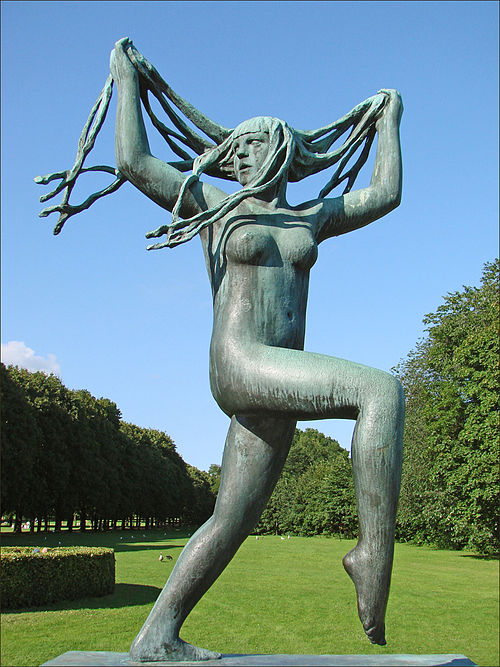
Themes and Motifs
Vigeland’s sculptures explore universal themes like love, family, and the cycle of life. You can find these motifs represented across the park.
For instance, many sculptures depict families and children, symbolizing joy and connection.
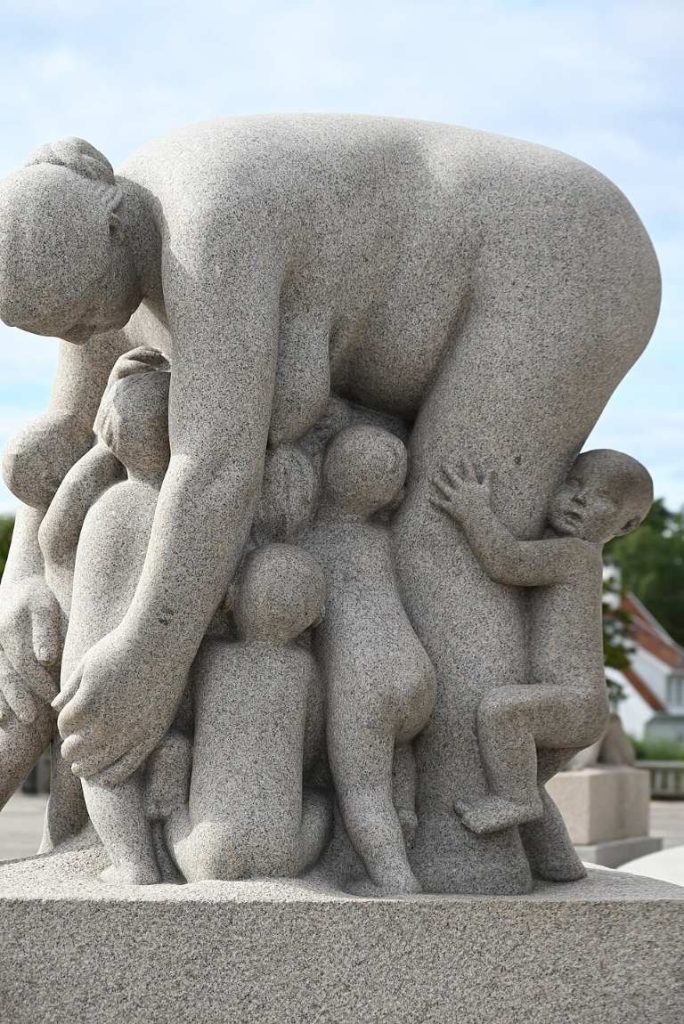
Another recurring theme is the struggle of life. Many pieces portray dynamic figures in motion, showing the challenges people face.
This emotional depth invites you to reflect on your own experiences as you walk through the park. Each sculpture resonates with a different aspect of what it means to be human, making your visit both moving and memorable.
Interactive and Educational Elements
At Vigeland Sculpture Park, you’ll find various interactive and educational opportunities. The park includes informative signs near sculptures that explain the artist Gustav Vigeland’s intentions and the stories behind the pieces.
You can also find 360° panoramic images online, allowing you to explore the park from different angles.
This park is a fantastic spot for children! There’s a special area just for them — right next to the main gate, you’ll find a large playground with something for kids of all ages to enjoy. From climbing structures to swings and slides, it’s a great place to let little ones burn off some energy.

The playground equipment is designed with safety and creativity in mind, and some of it was inspired by local fairy tales! Keep an eye out for whimsical details hidden in the play zones.
Recommendations for Best Visiting Times
If you want to really enjoy your time at the park, it’s worth thinking about when you go. Early mornings or late afternoons are usually the best — it’s quieter then, so you can take in the art without the crowds.
The park looks especially amazing in spring and summer, when everything’s green and blooming. It’s the perfect time for a picnic or a relaxed walk.
Weekdays are generally less busy than weekends, especially early in the day. Just keep in mind that May 1st is a public holiday in Norway, so the park might be a bit more crowded than usual if you’re visiting then!
Guided Tours Options
If you’re curious about the stories behind the sculptures, joining a guided tour is totally worth it. The guides know all the cool details — from the meaning behind the artwork to fun facts about Gustav Vigeland himself — stuff you’d probably miss just wandering around.
Tours usually take about an hour, and there’s plenty of time to ask questions along the way.

Not into group tours? No problem. You can rent a multimedia guide instead — it comes with videos and audio clips that explain the art while you explore at your own pace. It costs around 80 NOK (about €7) and is super handy if you like doing your own thing but still want some background info.
Beyond The Park
There’s more to explore after you visit Vigeland Sculpture Park. You can learn about the artist’s life and work at the Vigeland Museum, or discover other interesting attractions nearby. Let’s take a look at these options.
The Vigeland Museum
The Vigeland Museum is a must-visit if you want to dive deeper into the art of Gustav Vigeland. Located just a short walk from the park, this museum showcases his sketches, models, and detailed works.
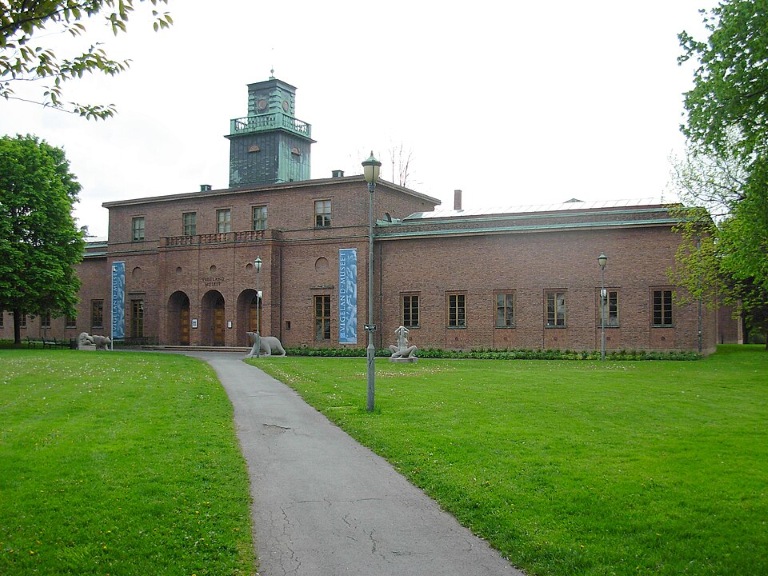
You can see the artist’s early pieces and understand his creative process. The museum is housed in a historic building that originally served as his studio.
Admission is usually very affordable and sometimes free.
Make sure to spend time in the museum’s garden as well. It offers more sculptures and a peaceful setting to relax.
Nearby Attractions and Activities
After exploring the park and the museum, there are more adventures to be had in Oslo.
Consider visiting the Oslo Opera House for stunning architecture and live performances.
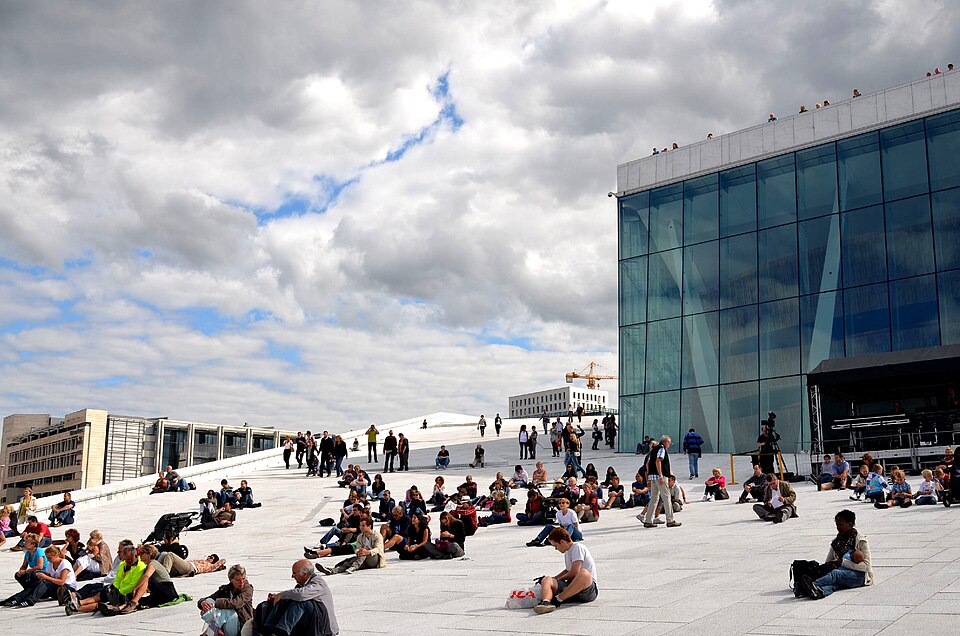
You might also enjoy a baltic cruise to take in the beautiful coastline. If you’re up for it, a hike up to Holmenkollen offers panoramic views of the city.
Public transport is easy to navigate, allowing you to explore these attractions conveniently. Don’t miss the chance to experience the vibrant culture and history of Norway while you’re in the area.
Photography and Visuals
Vigeland Sculpture Park offers stunning visual opportunities for every visitor. Whether capturing the intricate sculptures or the expansive views, photography here is a rewarding experience. Consider the following tips to make the most of your time in this artistic oasis.
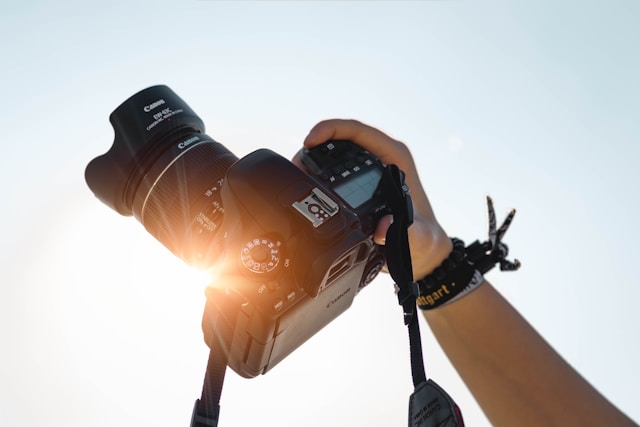
Capturing the Park’s Beauty
When you’re out photographing the sculptures, take your time to explore unique angles and close-up details — with over 200 sculptures in the park, there’s plenty to work with.
Don’t miss “The Angry Boy” — it’s one of the most iconic pieces and looks totally different depending on the angle or mood of the light.

Lighting really matters: early mornings or late afternoons offer that soft, golden glow that brings out the texture in the stone and bronze. And be sure to use the park’s lush greenery as a backdrop — it adds great contrast and depth to your shots.
If you’re into sharper images, especially in lower light, a tripod can be a great help. Try mixing landscape and portrait formats to get creative with your compositions.
With a bit of patience and curiosity, you’ll end up capturing the true vibe of the park.
Panoramic Images and How to Take Them
Creating panoramic images at Vigeland Sculpture Park can showcase its vast beauty in a single frame.
To successfully capture a panorama, start by selecting a wide scene that includes multiple sculptures or the park’s landscape.
Follow these steps for the best results:
- Stabilize your camera: If possible, use a tripod. If not, hold your camera steady.
- Overlap shots: Take several overlapping images as you move across the scene.
- Use panorama mode: If your camera has a panoramic mode, use it for easier stitching.
Editing software can help combine your images into one. This technique allows you to showcase the park as the largest sculpture park by a single artist, highlighting its breathtaking scale.
Enjoy experimenting with this photography style!
